Computer Organization and Architecture Assignment: MARIE, ISA Analysis
VerifiedAdded on 2021/05/30
|9
|529
|59
Homework Assignment
AI Summary
This assignment solution addresses key concepts in Computer Organization and Architecture (COA). It begins with a MARIE program for calculating the Fibonacci series, analyzing its functionality and limitations. The solution then delves into instruction set design, calculating the possible number of instructions based on address bits and encoding schemes. Finally, it presents code examples for different addressing modes (3-address, 2-address, 1-address, and 0-address machines) to perform the same operation, illustrating the differences in code structure and complexity. The assignment includes a bibliography of relevant sources. The solution provides valuable insights into fundamental computer architecture principles, including instruction set design and addressing modes.
1 out of 9
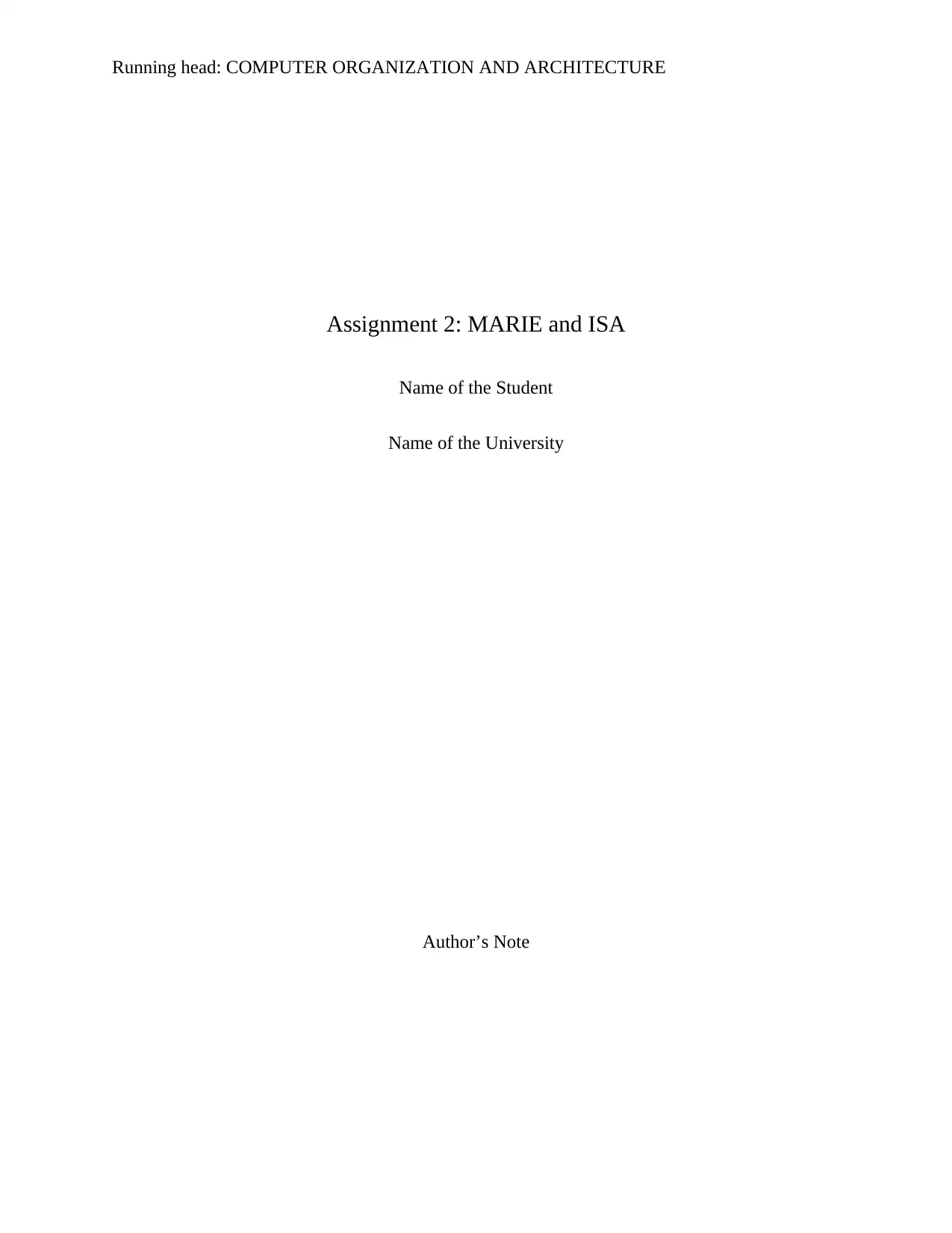
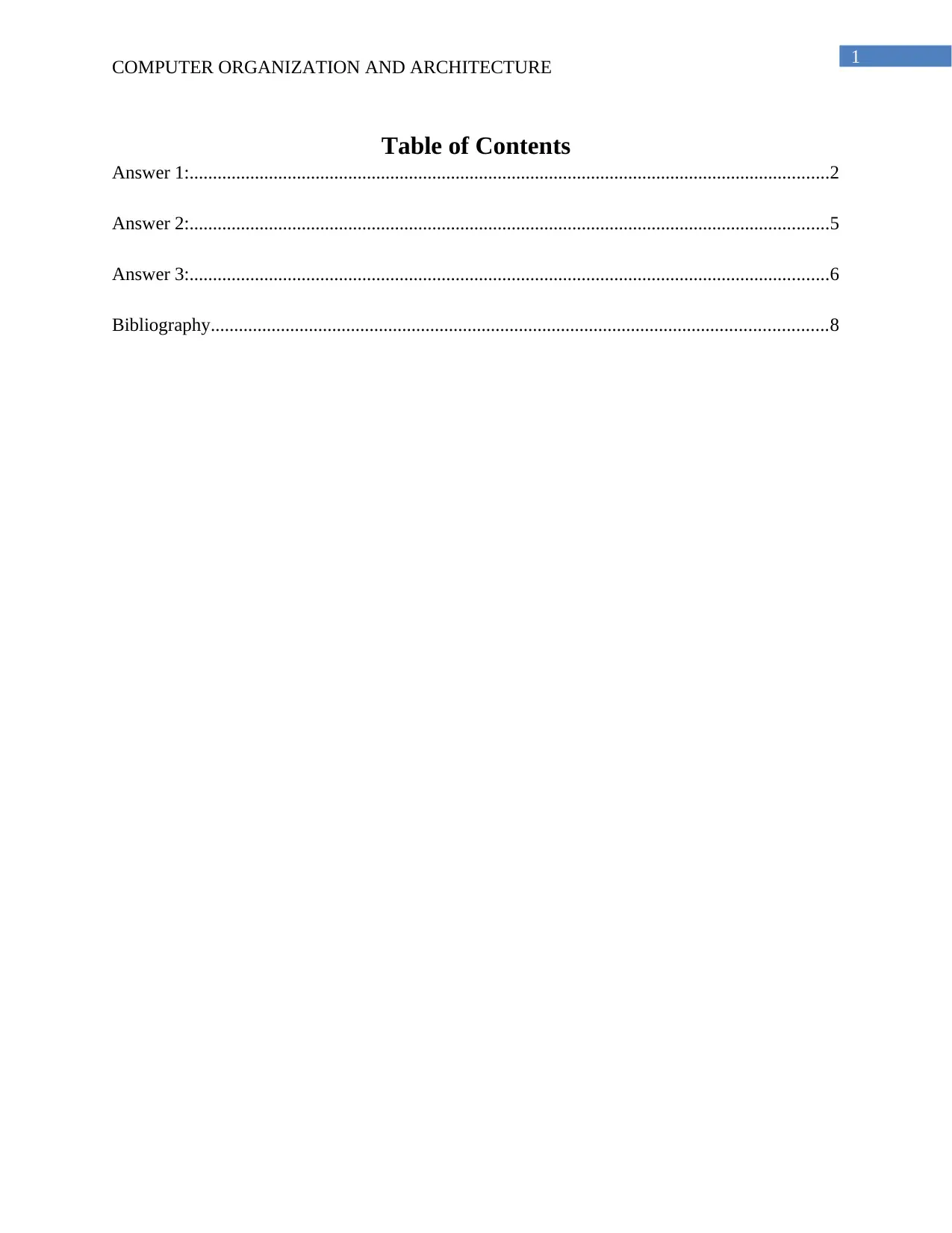


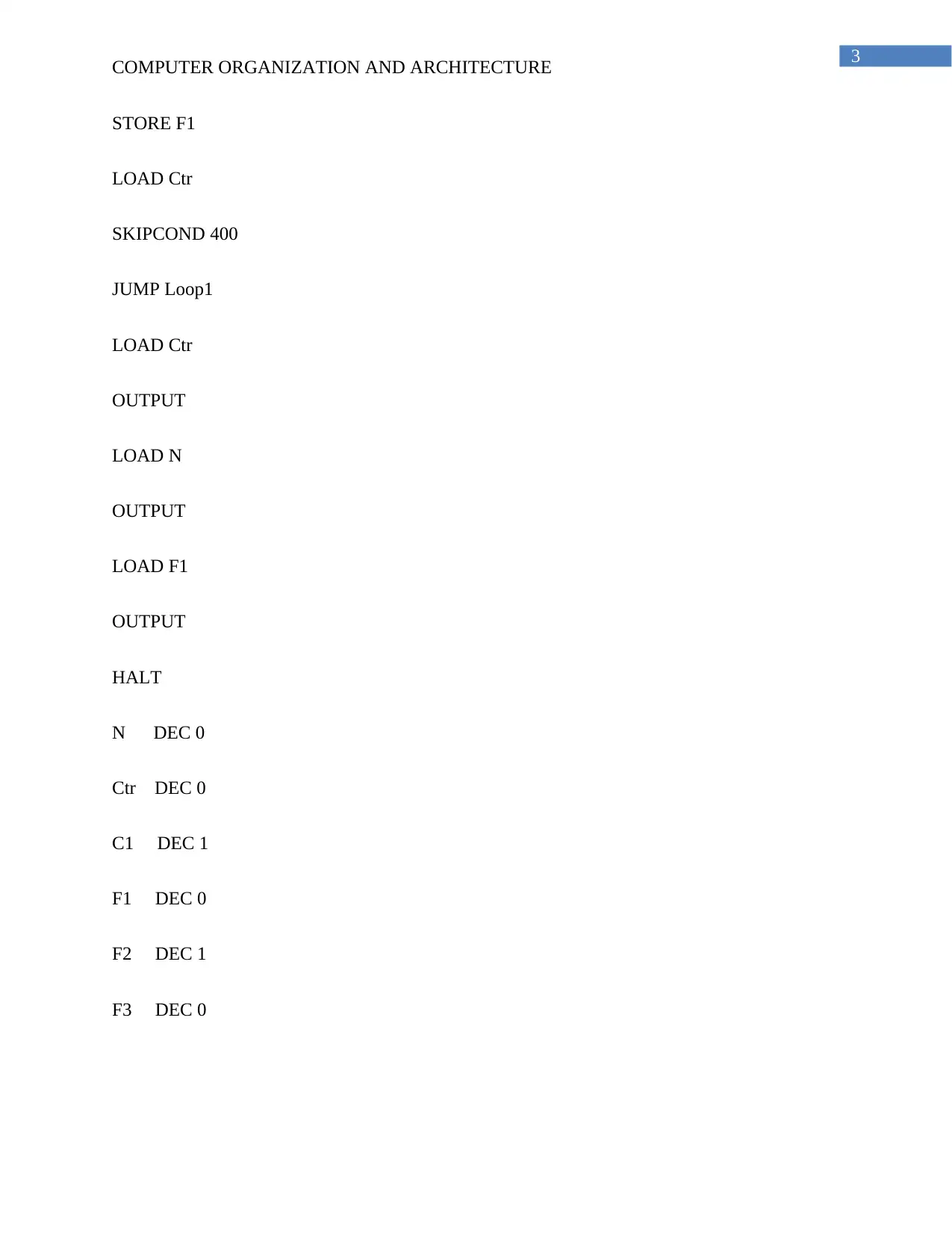
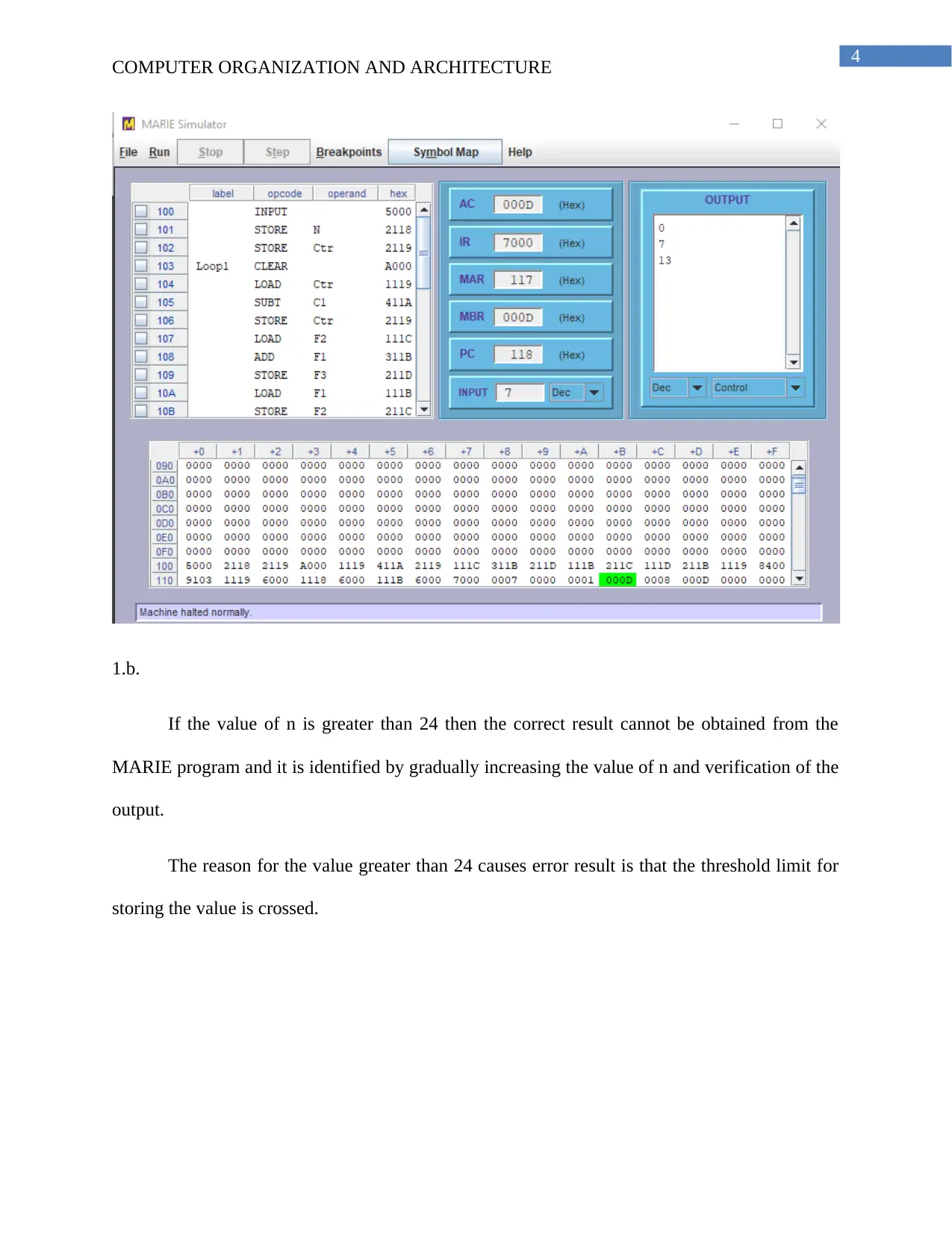
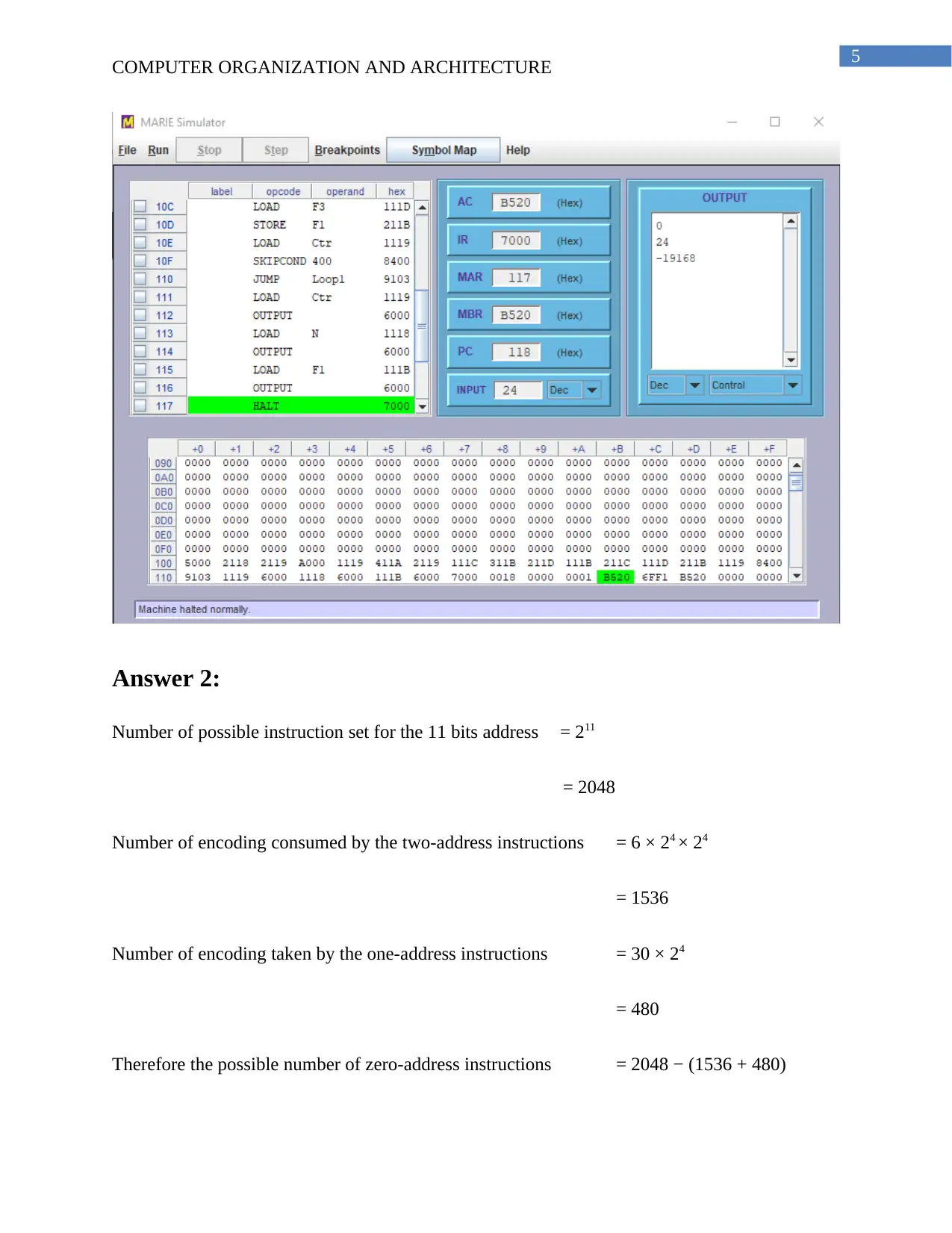
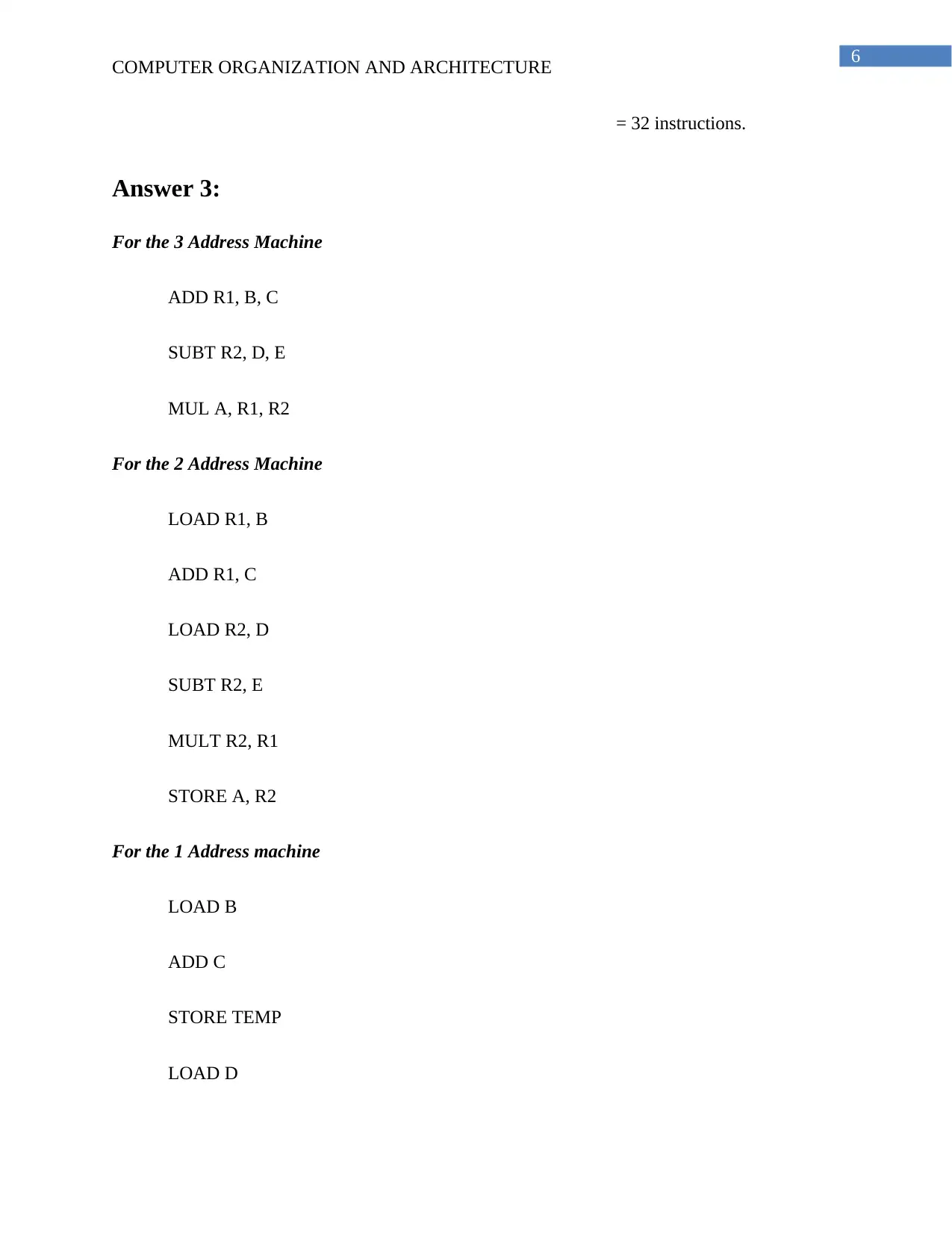
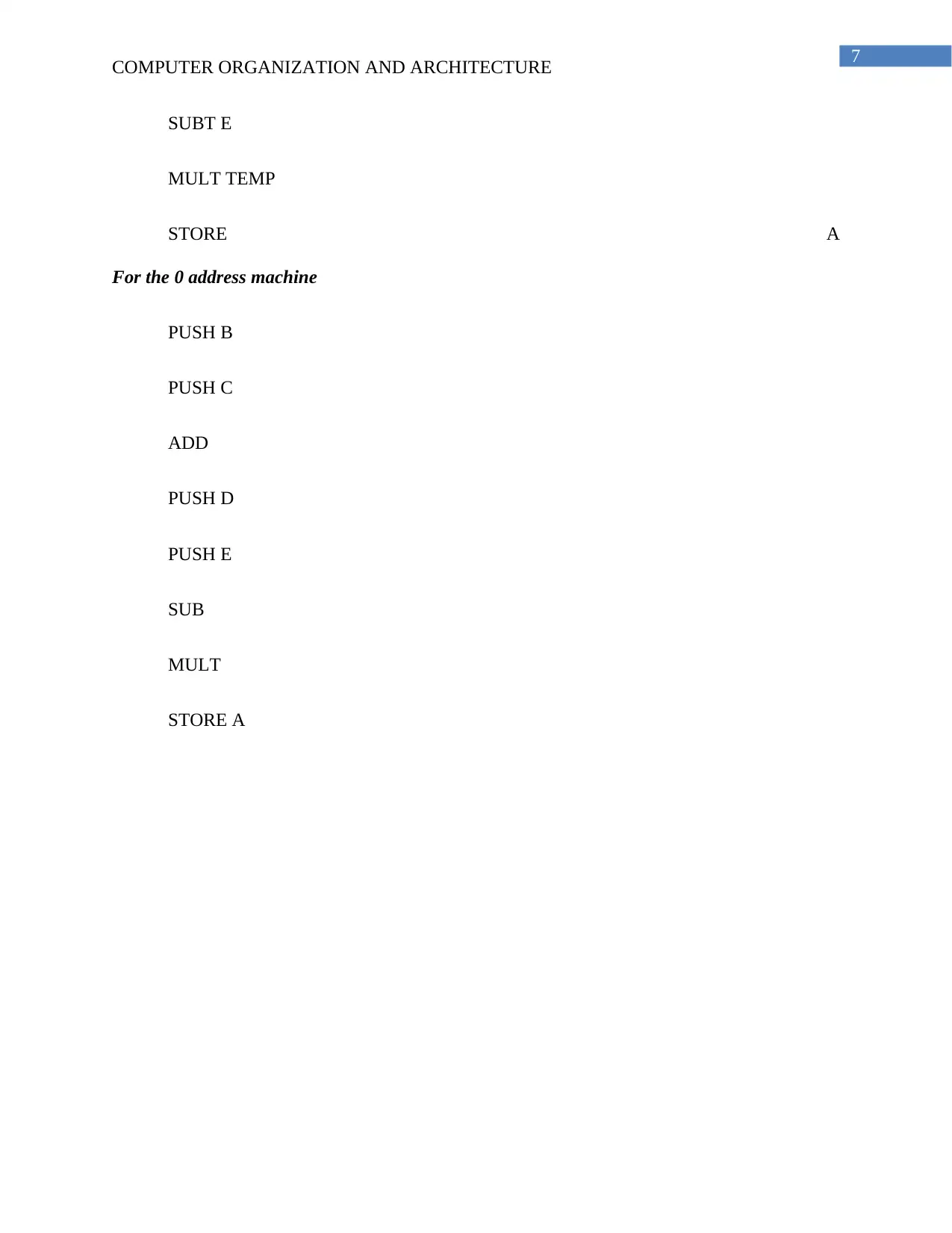
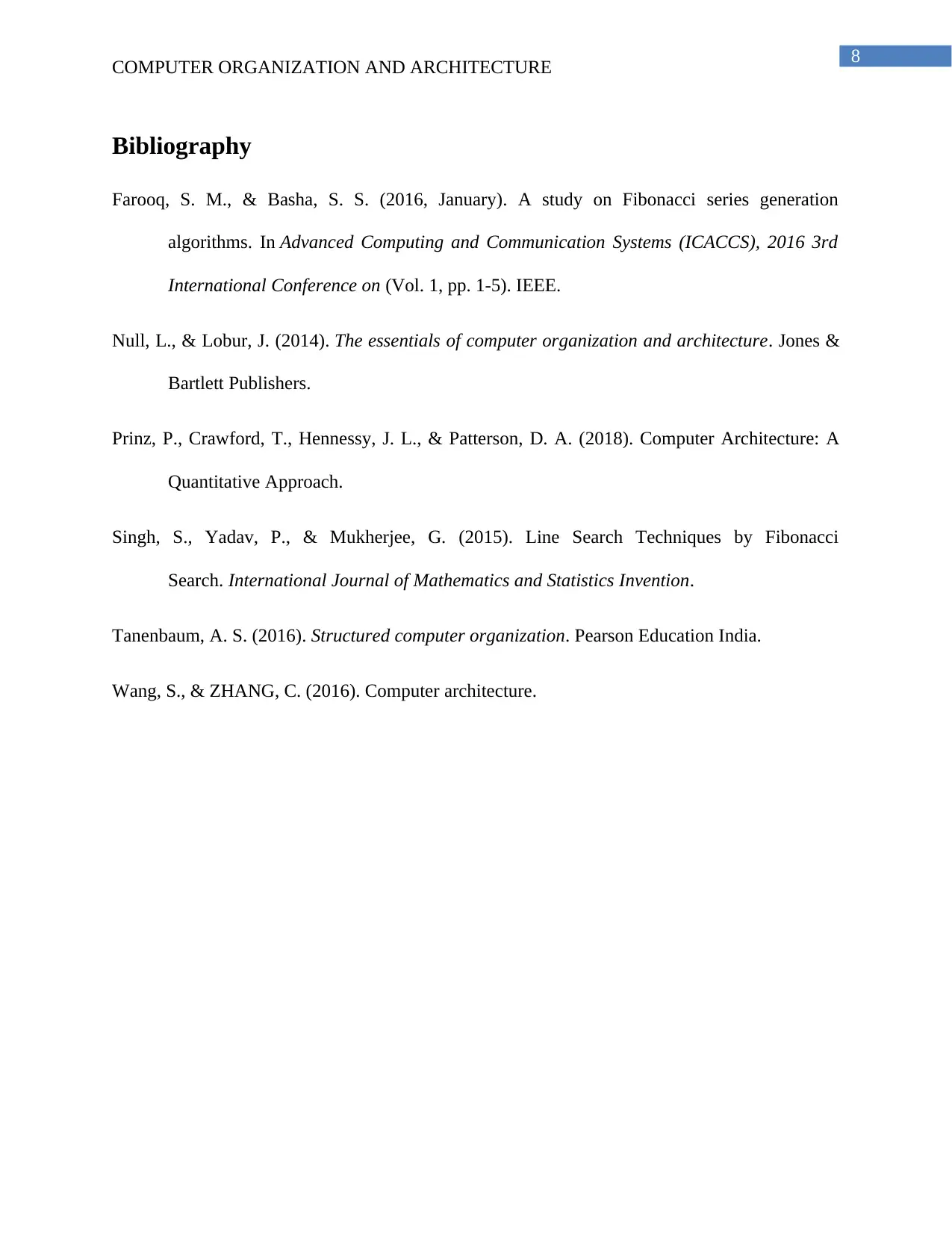






![[object Object]](/_next/static/media/star-bottom.7253800d.svg)